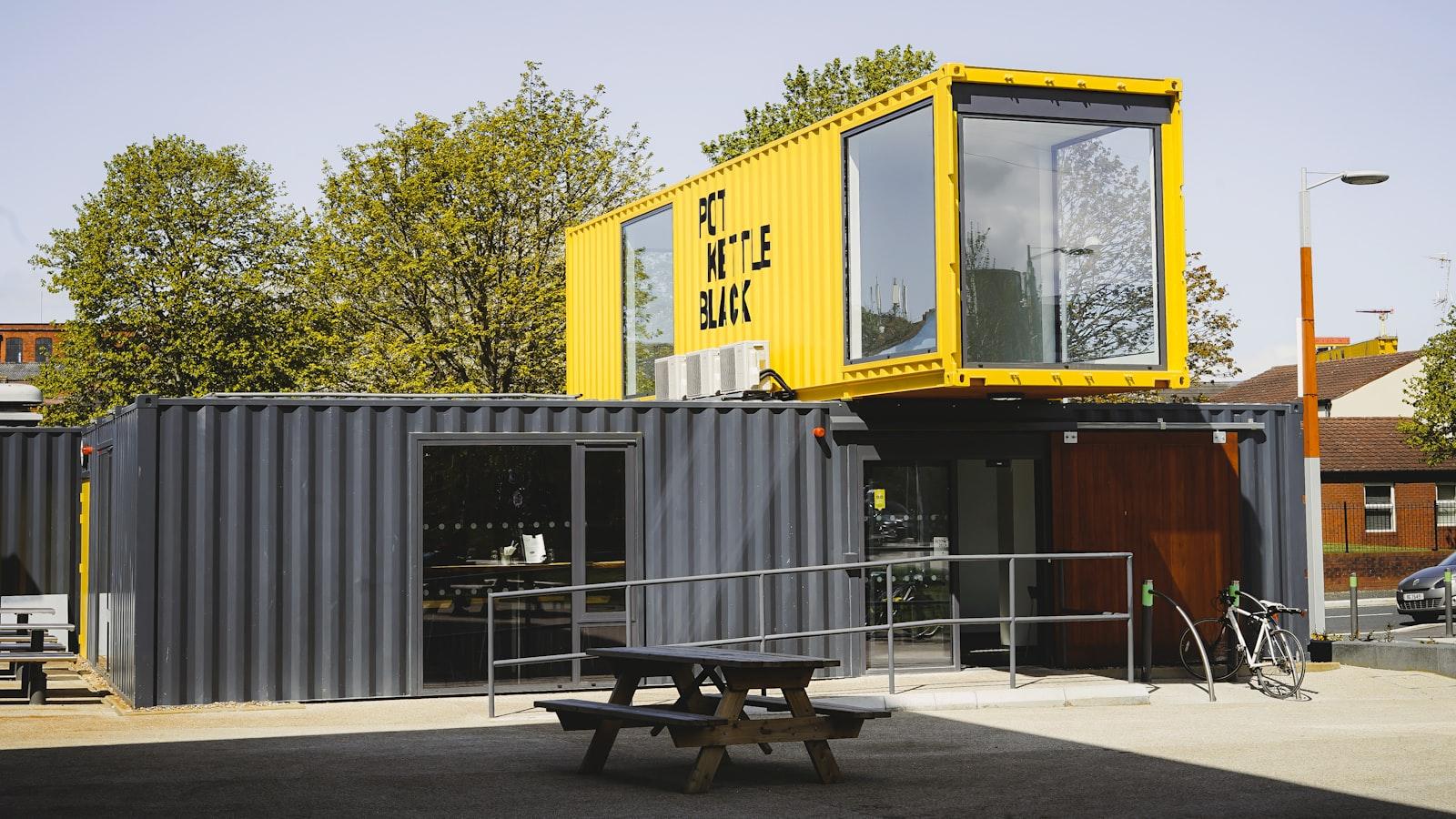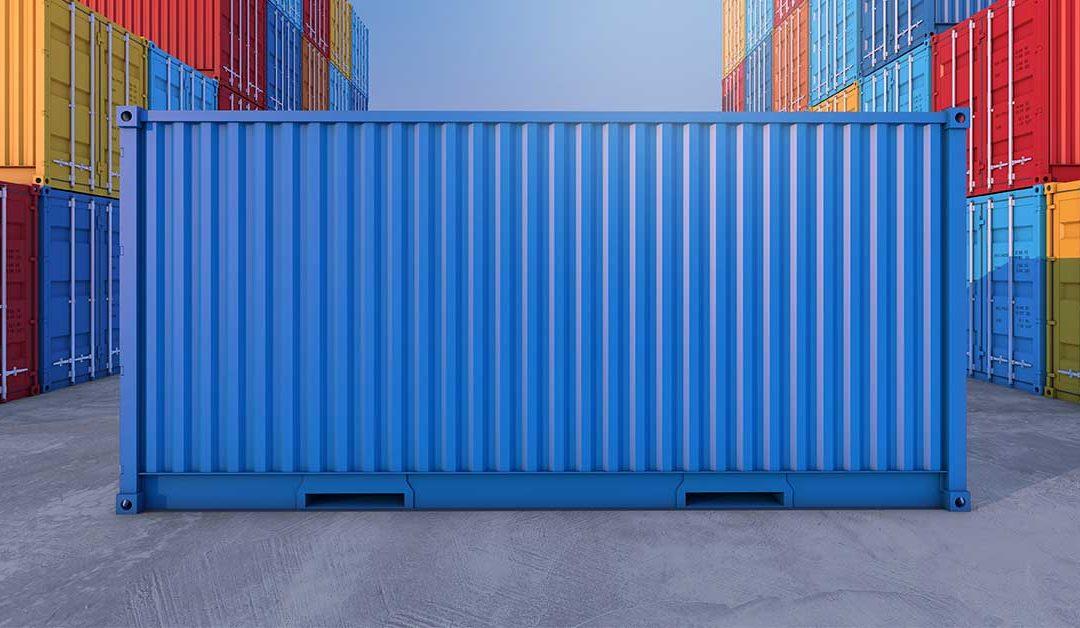Picture this: a massive train rolling down the tracks, carrying thousands of containers stacked neatly on flat cars. This efficient and reliable method of transportation is known as Container on Flat Car (COFC) logistics. From transporting goods across long distances to streamlining the shipping process, COFC logistics plays a crucial role in the world of transportation and shipping. In this article, we will delve into the inner workings of COFC logistics, exploring its benefits, challenges, and impact on the global economy. Get ready to take a fascinating journey through the world of container transportation on flat cars.
Benefits of Container on Flat Car (COFC) Transport
COFC transport offers a range of benefits for businesses looking to streamline their logistics and shipping operations. One key advantage is the efficiency and cost-effectiveness of transporting containers on flat cars. By utilizing a flat car, companies can maximize space utilization and reduce the number of trucks needed for transportation, ultimately saving on fuel and labor costs.
Additionally, COFC transport provides a flexible and adaptable solution for moving goods across various distances. Whether it’s short-haul or long-haul transportation, containers on flat cars can easily be transferred between different modes of transport, such as trucks, ships, and trains. This versatility ensures that businesses can meet their shipping needs efficiently and effectively, regardless of the destination.

Efficiency and Cost Savings in COFC Logistics
Container on Flat Car (COFC) Logistics - Transport - Shipping
Efficiency and cost savings are crucial factors in the success of COFC logistics. By utilizing flat cars to transport containers, companies can streamline their shipping operations and reduce overall expenses. One way to improve efficiency is by optimizing loading and unloading processes at rail yards. Implementing automated systems and equipment can help speed up these tasks, ultimately saving time and money.
Additionally, investing in technology such as tracking and monitoring devices can provide real-time visibility of containers in transit. This not only enhances security but also allows for better planning and coordination of shipments. By focusing on enhancing efficiency and reducing costs in COFC logistics, companies can stay competitive in the ever-evolving transportation industry.

Best Practices for Effective COFC Shipping Operations
When it comes to effective COFC shipping operations, there are several best practices that can help streamline the process and ensure smooth delivery of goods. One key practice is to properly secure the containers on the flat cars to prevent shifting during transit. This can help avoid damage to the containers and their contents, as well as ensure the safety of the shipping personnel.
Another important best practice is to maintain clear communication between all parties involved in the shipping process. This includes the shippers, carriers, and receivers, as well as any third-party logistics providers. By keeping everyone informed and up to date on the status of the shipment, potential issues can be addressed proactively, minimizing delays and ensuring timely delivery.

Maximizing Sustainability in COFC Transport Systems
When it comes to , there are several key factors to consider. One important aspect is the use of eco-friendly fuel options such as biodiesel or electric power. By implementing these alternatives, COFC transport systems can significantly reduce their carbon footprint and overall environmental impact.
Another crucial factor in maximizing sustainability is optimizing logistics and route planning to minimize empty container movements and reduce overall transportation costs. Utilizing advanced technology such as GPS tracking and real-time monitoring can help ensure efficient and streamlined operations. Additionally, promoting the use of intermodal transportation solutions can further enhance sustainability by reducing the number of trucks on the road and decreasing greenhouse gas emissions. By taking these steps, COFC transport systems can make significant strides towards a more sustainable and environmentally-friendly future.
The Way Forward
In conclusion, Container on Flat Car (COFC) logistics continues to play a crucial role in the transport and shipping industry, providing a seamless and efficient method for moving goods across long distances. As technology and innovation continue to evolve, the potential for further growth and improvement in COFC logistics is limitless. So next time you see a train loaded with containers rolling by, remember the intricate web of logistics that makes it all possible. Thank you for joining us on this journey through the world of COFC logistics. Stay tuned for more insights and updates on this fascinating industry.
